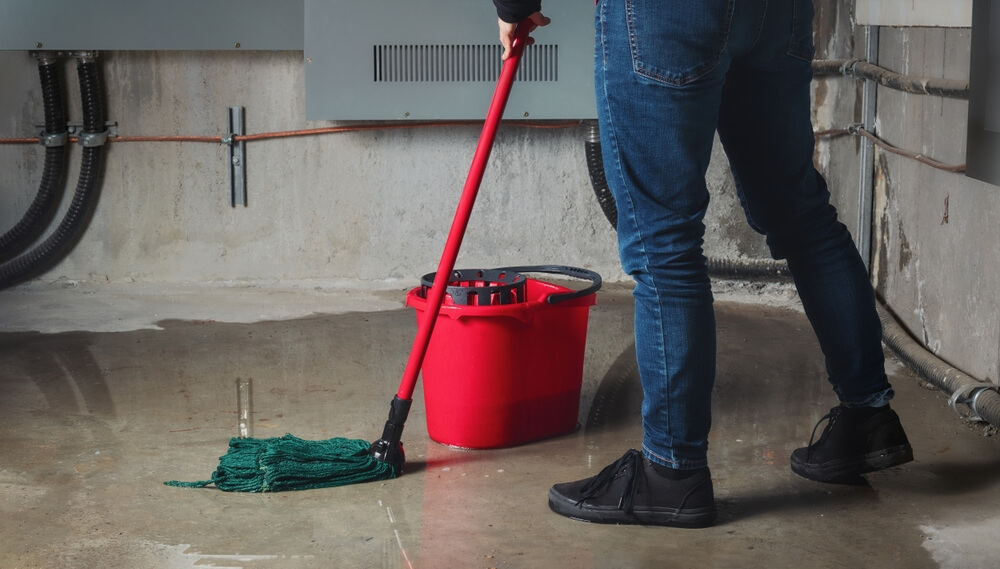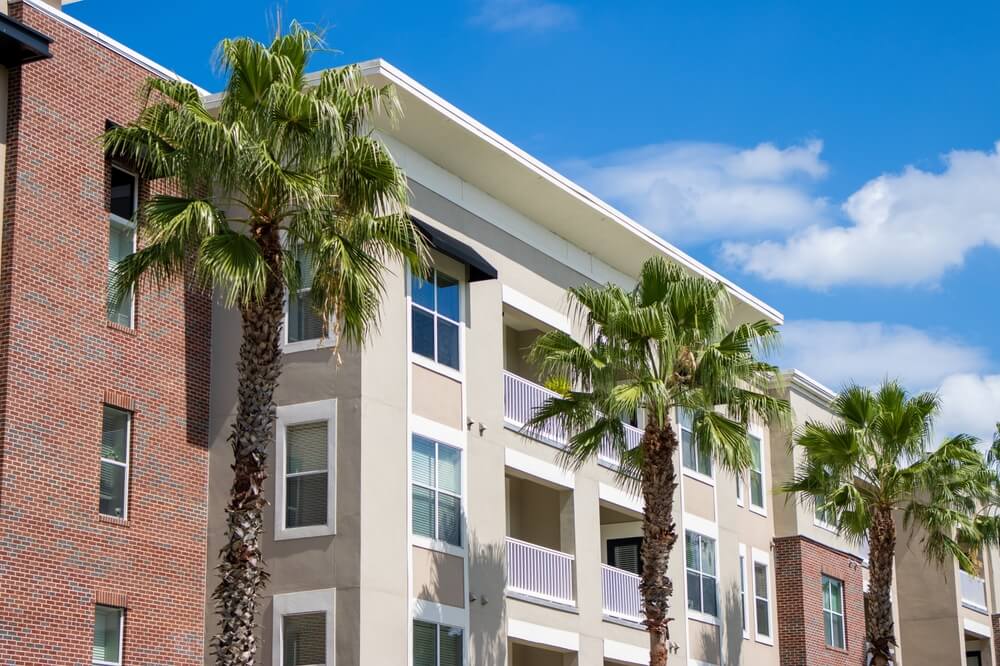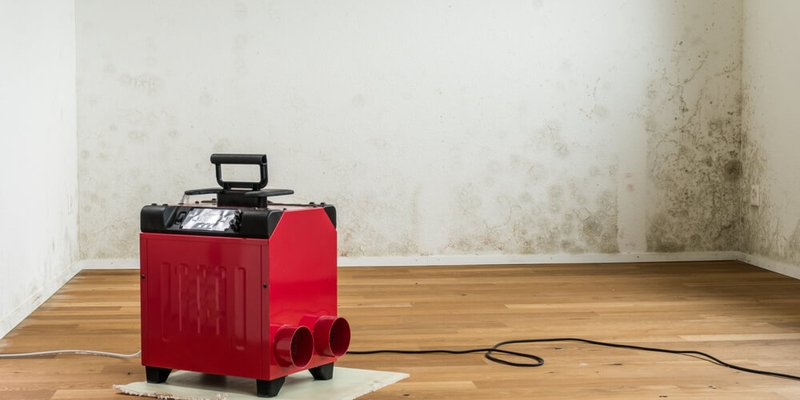
If you are not redirected within 30 seconds, please click here to continue.
Samedi: 10h – 16h HAE

If you are not redirected within 30 seconds, please click here to continue.
If you are not redirected within 30 seconds, please click here to continue.
Ask the Home Expert: Annastacia Plaskos of Fix It Females on how tariffs will hit your next home renovation projects

Table of Contents
Ask an Home Expert is a regular column where Annastacia Plaskos, home renovation expert and owner of the Toronto-based contracting company, Fix It Females, dives into what’s going on in the world of car repair and auto insurance. Reach out to us at media@rates.ca.
Ever wonder how a home renovation project can balloon way above the quoted price? Or what’s really going into your basement job?
From the COVID-era renovation boom to the tariff-driven market crunch, Annastacia Plaskos, the CEO and founder of Toronto-based Fix It Females has seen it all — and then some. The entrepreneur and lifelong tradesperson has over two decades of experience under her toolbelt and shares with us her unique view of the Canadian renovation and building landscape as a woman entrepreneur in a highly male-dominated industry.
In this edition of Ask the Home Expert, she tells us how to safely save money on your next big home reno project, how to choose the best contractor for the job, and why you really, really don’t want to cheap out on basement flood remediation.
How have tariffs impacted your business?
There are a bunch of factors at play right now. Running a small renovation company these days is just tough — the market's super saturated. It feels like everyone with a hammer and a pickup truck is calling themselves a contractor, which makes it harder for legit businesses to stand out.
Then you've got the rising cost of materials, which has been brutal. It hits everything from lumber to steel, aluminum, plumbing fixtures, electrical components — even basic hardware. I remember before the pandemic, a sheet of plywood was about $15. Now? It's close to $90 for the same thing.
It used to be that the cost split on a job was about 40% materials and 60% labor. Now it's flipped. On a $5,000 project, for example, materials can easily eat up $3,000, leaving only $2,000 for labor. That used to be the other way around, which meant we had more room to actually make a living off the work.
And if you’re doing a full home reno, say $100,000, you can easily see an extra $3,000 to $6,000 just in material costs — partly because of tariffs. A lot of contractors end up eating those costs just to stay competitive and land the job.
But for a small company like mine, that’s a much bigger hit. We've got overhead — a physical shop, vehicles, tools, gas, employees — plus insurance and WSIB. All of that adds up fast.
So lately, I’ve been trying to be more transparent with clients. I’ll break down the numbers and show them exactly where the money is going. It’s not about upselling — it’s about being honest.
Material costs keep climbing, and even just the threat of tariffs makes people hesitate to spend. For smaller renovation companies, that hesitation hits hard — especially when we're already working with tight margins.
Read more: How will US tariffs affect your auto and home insurance?
How big has the change been? What kind of jobs were you doing, and what were people’s attitudes towards doing big home renovations?
When I was running Fix It Females at its peak, we were handling around 40 projects every two months. I’m talking just three or four years ago, but it was a complete different time. Even during COVID, things were more manageable cost-wise.
Back then, we really focused on high-end customization. A lot of our clients didn’t want to be involved in the details — they didn’t want to pick their kitchen layout or choose the cabinet handles. So, we offered a full-service experience, especially with customized kitchens. At the time, those projects could easily run up to $50,000, and people were willing to pay for that level of convenience and quality.
But as the market shifted and prices started climbing, it became harder to sell those types of kitchens. The average homeowner just couldn’t justify or afford that kind of spend anymore. That shift changed everything for us.
What are homeowners doing in reaction to rising prices?
Of course, everyone’s different — what works for one person might not work for another. But here’s an example from my own experience.
For the first 18 years of my career, I always made it a point to support small, local shops when sourcing materials and products. That was just part of how I operated. But one day, a client suggested trying out an IKEA kitchen. At first, I hesitated, but then I thought, Why not? I told them, “You buy the kitchen, bring it to the house, and I’ll handle the assembly and installation.”
To my surprise, the quality was actually pretty solid. After that, I started rethinking things. We went from clients spending $50,000 to $60,000 on fully custom kitchens, down to about $20,000 to $30,000 — without sacrificing functionality or style.
Custom cabinetry used to take up about 60% of a kitchen renovation budget. With IKEA or similar ready-made options, it’s more like 15% to 20%. That shift has made a huge difference for clients trying to stretch their budgets, and it’s helped me stay competitive without compromising on craftsmanship.
OK, so that's a safe way to lower costs?
Yeah, as long as the product is of good quality and you can show people that it's good quality, then go for it. But you can't go to somebody and say, “OK, I'm going to give you this custom kitchen and the cabinets alone are $30,000 and they're made of MDF.”
Not when you buy the same product at IKEA or some big box store for literally 1/4 of that cost.
So a lot of people went that route. And a good majority of people waited until they had the funds to do what they originally wanted.
Or, in a lot of the quotes I've done in the last 2-3 months, people will start with a large wish list but then later on, they’ll take out a lot of the items that they wanted to do.
What have you been doing to keep yourselves afloat?
We’re taking the hits as they come; tightening up our budget, shrinking our margins where we can. But one thing I’ll never compromise on is quality. I take a lot of pride in the work we do, and I stand behind every project we deliver.
Lately, I’ve been hearing more and more stories about people cutting corners just to land jobs — things like telling clients they’re getting five-eighths plywood when it’s really only half an inch. Sure, it might save someone $50 or a few hundred bucks in the short term, but it’s not going to hold up. That stuff comes back to bite you a year or two down the line — when the floors start buckling or things just don’t last.
To me, it’s just not worth it. I’d rather do the job right and sleep well at night knowing we gave our clients something solid — something that’s going to last.
Have you heard of many contractors cutting corners like that to save the homeowner money and stay competitive?
I mean, people have been doing that for years. This is my 23rd year in the industry and I have seen everything there is to see in renovations. And I have seen people using the wrong materials for the wrong projects in some cases, over the years.
I think now that's becoming even more common because people realize that they can get away with it; homeowners don’t notice until it is too late and there is a major problem.
I'm going to give you a very specific example here. I was up against another contractor to do this two-bathroom renovation with an entire floor removal and replacement. An entire kitchen and we were $10,000 more than their quote. Because I line itemize all my materials, I explained to the client that just the waterproofing mechanism system that we use alone is worth five grand. So right off the bat, I knew that they were probably doing a roll-on product.
In five to 10 years, you're going to start to see the roll-on product fail and it might not even last five years depending on how the contractor applies it as well. We’re seeing more corners cut now than ever before.
Learn more: How to hire the right contractor for your home renovations
What’s the difference between your waterproofing method and this roll-on product?
I use a Schluter system from Germany called Schluter. And they basically have these panels that you install and then you waterproof them with what's called KERDI cloth. It's a cement-based product and they guarantee them for 20, 25-plus years. The engineering of this product is amazing.
Then they have these “roll-on products”. It’s waterproofing that you can paint on to the existing drywall. So, let's say you install new drywall on the inside of a shower surround, then a lot of people will roll this product on. Mind you, it can be a very good approach if you're doing it properly, but what people do now to cut a couple corners to save a couple dollars is buy the drywall, install the drywall and then roll this right onto the drywall like paint. You can't do that. You need a fibrous barrier between those two steps.
It seems like water protection is not a thing that people should mess around with these days.
These days, a lot more people are paying attention — but not nearly enough. From a contractor’s perspective, waterproofing is actually one of the most expensive parts of a bathroom renovation, right up there with tiling and plumbing.
What’s wild is that those are also the most overlooked parts of the job. And honestly, it’s easy to understand why — they’re hidden. Once the tile goes on, you can’t see what’s behind it. That makes it one of the easiest corners to cut, especially for someone looking to save time or money.
But if it’s not done right, it’ll cost way more in the long run. Water damage doesn’t show up immediately, it creeps in over time. By the time you notice it, the damage is done. That’s why I always stress the importance of doing it properly from the start.
What happens to the people involved after shoddy work comes out in the woodwork?
There’s really no protection for homeowners who get stuck with shoddy renovations. And most people don’t even realize that here in Ontario, you don’t need a permit to waterproof a house. That’s shocking to me — because waterproofing is critical, and if it's done wrong, the damage can be devastating and expensive.
I honestly believe every renovation or construction company should be fully responsible for what they put into someone’s home. I wish home insurance policies included clauses that protected people from damage caused by poor workmanship — because right now, there’s this huge gap, and homeowners are the ones paying for it.
It’s always frustrating to me to see companies do subpar work and walk away from it like nothing happened. I’m not saying I’m perfect, or that my company has never run into issues — we have. But the difference is, we face them. We try to fix things in the most honest and practical way possible. I won’t ever recommend something to a client if I know it’s going to come back to haunt either of us down the road.
On the topic of water, flood damage has been a growing issue all over Canada. Not only are there more home insurance claims for flood damage, but the cost of the claims has also increased as well.
Can you talk us through what goes into the remediation process for flooded basements?
When a basement floods, there’s a pretty standard process we follow for restoration.
First, we remove the flooring. If it’s carpet, we either toss it or dry it out — depending on how bad the damage is. Then, as a general rule, we cut out the drywall and insulation about two feet up from the floor. That’s the typical height where water damage can affect the walls, even if you can’t see it yet.
After that, we replace the insulation, install a new vapor barrier, put up fresh drywall, tape, mud, prime, and then move on to flooring and baseboards, including quarter round. That’s the basic structure of a flood restoration job.
Pricing usually starts around $10,000 and goes up from there, depending on the size of the basement and how extensive the damage is. In areas like Scarborough, Markham, and Kingston, many of the homes have similar layouts and finishes, so the costs tend to stay in a consistent range. But if the water damage is severe — like if the studs or framing are compromised — the price can go up significantly.
Some clients prefer to play it safe and ask us to replace everything that’s been touched by water. And I get that. Because if it’s not dried properly, you’re almost guaranteed to run into mould issues down the line. It doesn’t matter how much you spent on the renovation. If moisture is left behind, it will eventually cause problems.
Related: Is severe flooding making your home uninsurable?
Have you had an increase in these types of jobs?
Oh yes, absolutely. I've also noticed a lot more independent contractors focusing on restoration and flood relief. I think there's a lot of money in it, especially when these natural disasters are happening. You don't have an option, right? When you call me and say, “I want a kitchen,” that's because you want your kitchen redone. When you call me and say, “I have a flood that just happened in my basement and now I need the whole thing redone,” that's because you have no choice but to do it.
How can homeowners protect themselves and find trustworthy contractors?
I think homeowners really, really need to do their research, find out what the contractor is including, and what types of material that they're going to use. Everyone can get a sheet of plywood, but what kind of plywood is it going to be? Is it going to be strong enough to hold up this floor for the next 25 years? With the weight of tile and cement?
As costs rise, I think people need to educate themselves a little bit more and not just by watching Renovation 9-1-1 on TLC. As the client and as a homeowner, you have to know your stuff. You can't just go in with a blind eye. You need to do research. You need to understand why some people's prices are more expensive than another contractor. You need to dig into what you're having done and what those phases and those steps look like to better understand what your contractor is doing.
Read next: 5 renovations to increase your home's value, and their impact on your home insurance rate
Get money-saving tips in your inbox.
Stay on top of personal finance tips from our money experts!










